Olympian reveals dangerous dieting
Published on March 25th, 2021
New Zealander Jo Aleh is 5’7″, which is a bit tall as a helm for the Olympic Women’s Two Person Dinghy event in which she is a two-time medalist. Sailed in the 470 class, she finished behind Team GBR’s Hannah Mills at Rio 2016 who is 5’2″.
With the crew on the trapeze, it’s better to have the weight further outboard where it is more effective. When an inch can equal over a kilo, the British boat can essentially have the same total team weight but have greater righting moment in the breeze.
Aleh knew this too, so she dieted. Dieting in the 470 is nothing knew… been going on for decades for both helm and crew, men and women. Trying to be an ideal weight is akin to new sails and smooth bottom. If you want to do well, you manipulate the variables in your favor.
However, Aleh now reveals she made herself ill during her stunning Olympic sailing career by making herself lighter, needing to quit sailing five years ago when she didn’t have the energy to physically do it anymore.
In the four years between winning gold with Polly Powrie in the women’s 470 at the 2012 London Olympics and silver the 2016 Rio Games, Aleh suffered from stomach pains, recurring sinus infections and a stress fracture in her ankle.
She had surgeries, and invasive tests to find out why. It’s only in the past year she’s discovered the answer: she wasn’t eating enough to balance the energy she was expending as a professional athlete.
“It was pretty much malnutrition,” says Aleh, now 34 and an Olympic sailing coach.
“It’s why I gave up sailing – I just didn’t have the energy to compete. It sucks when that’s what you love doing, but you know physically you can’t handle it.
“But I have more energy now than I did in that last Olympic cycle. And I’m stronger now too – because I eat.
“I’m probably four kilos heavier now than I was competing. And there was no real reason for me to have been so light. But I thought there was, and I convinced myself that I needed to be that weight. And I was never questioned about it.”
Aleh had the symptoms of RED-S – or Relative Energy Deficiency in Sport – an increasingly common condition in female athletes.
Improving the wellbeing of the country’s elite athletes and coaches is an issue that’s part of a four-year, $273 million strategy to better New Zealand sport’s high performance system.
“There’s a lot more awareness now, and it’s been so good to see other women talking about their experiences. We need to talk about it – because a kilo here and there isn’t going to be the difference between gold and fourth.”
Athletes are stubborn, Aleh admits, and weight loss and gain is usually something an athlete can control. But she felt the pressure to be lighter.
“Within the class I was sailing, yes some of the girls were tiny. So I was always comparing myself to them,” she says.
She had two sinus surgeries, for chronic sinus infections; a stress fracture in my ankle, “which I assumed was from running too much”. Her unexplained stomach pains disappeared when she stopped competing. “I was on the pill, but 100 percent I don’t think I would have had periods,” she says.
“It wasn’t until last year when a doctor told me ‘You just need to eat more… You eat like a 50-year-old with a heart condition’.
“I don’t blame anyone for it, but potentially someone should have checked. I’ve always tracked exercise and calories on these [she points to her watch] because it’s what we do as athletes.
“It used to be a target: ‘Ooh if I burn 3000 calories, I can only eat 2000 and it’s a win’. Whereas now it’s like ‘Oh my god, I’ve got some eating to do!’”
Aleh hopes the emphasis promised to be placed on wellbeing relates to coaches as well as athletes.
“The athlete voice is so important, but so is the coach’s voice. I hope there will be more support for them around their wellbeing in the future – as a coach, you also work really hard,” she says.
Aleh tried to transition into the corporate world at the end of her Olympic career, but felt lost away from the sea. Coaching has been a way to keep her involved in the sailing and use the skills she’s developed over three Olympic campaigns.
Source: STUFF
Tokyo 2020 Olympic Sailing Program
Men’s One Person Dinghy – Laser
Women’s One Person Dinghy – Laser Radial
Men’s Two Person Dinghy – 470
Women’s Two Person Dinghy – 470
Men’s Skiff – 49er
Women’s Skiff – 49erFx
Men’s One Person Dinghy Heavy – Finn
Men’s Windsurfing – RS:X
Women’s Windsurfing – RS:X
Mixed Multihull – Nacra 17
Original dates: July 24 to August 9, 2020
Revised dates: July 23 to August 8, 2021


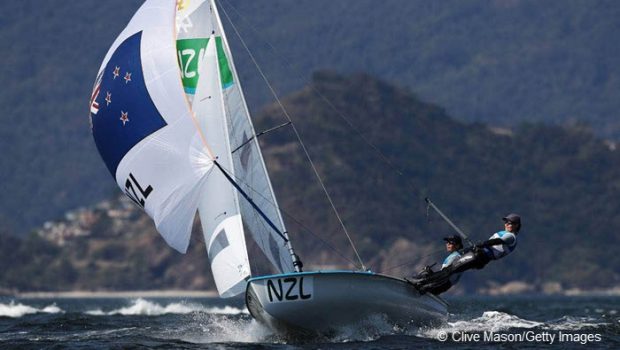
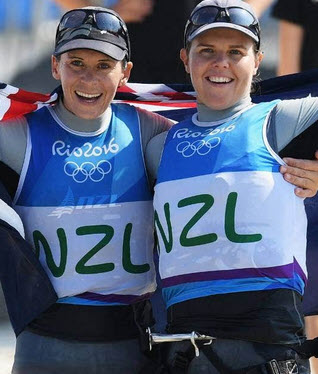


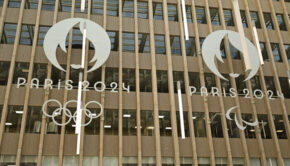
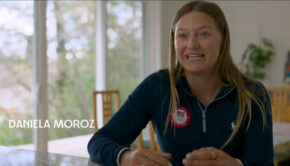
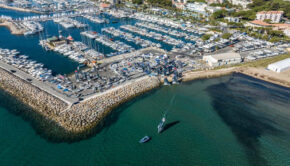
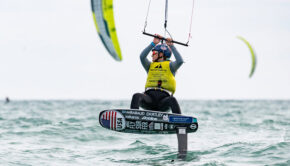
 We’ll keep your information safe.
We’ll keep your information safe.